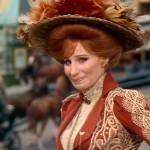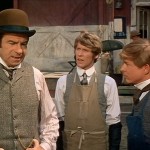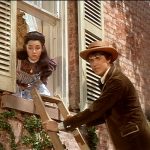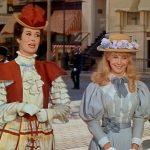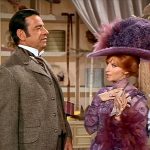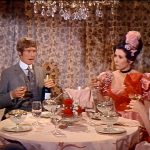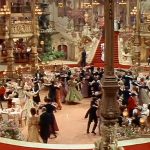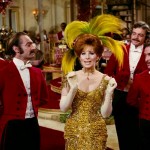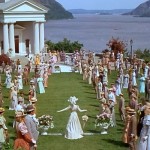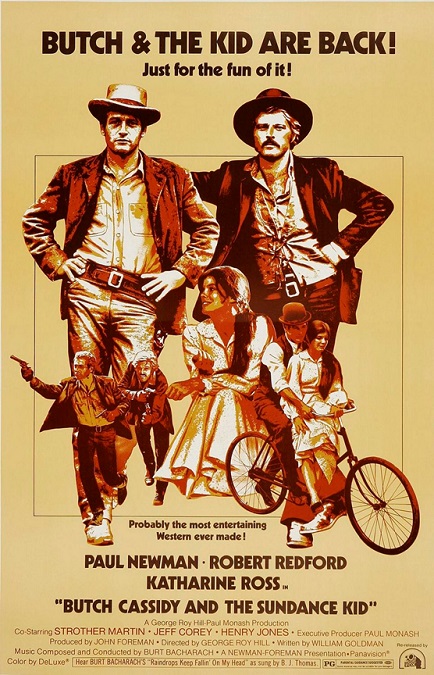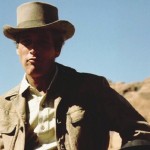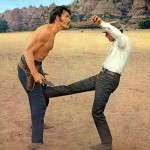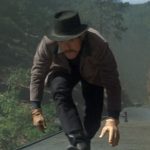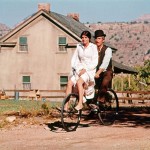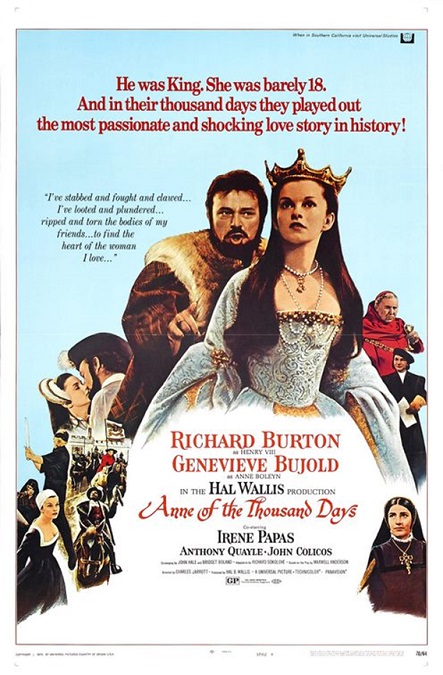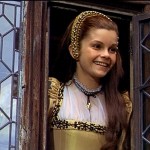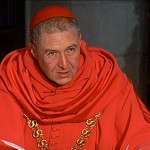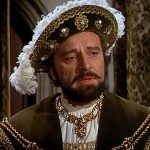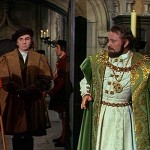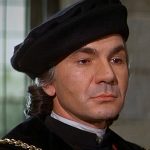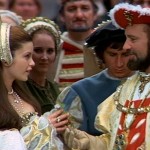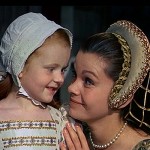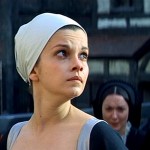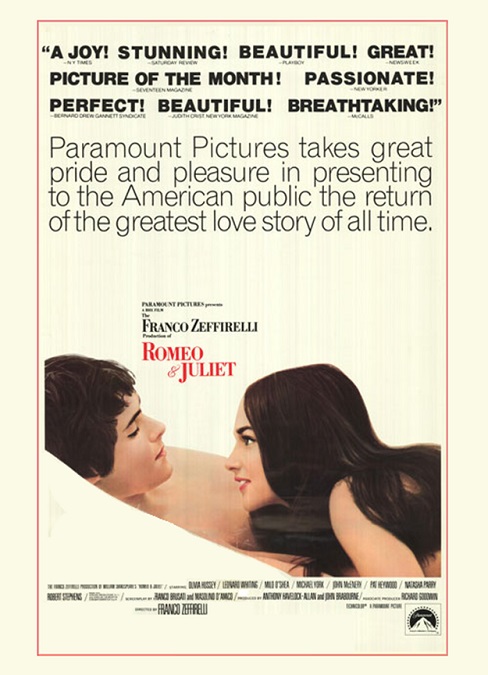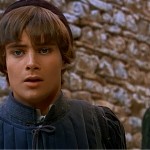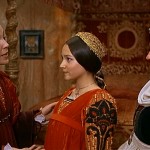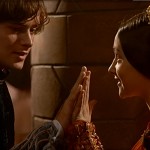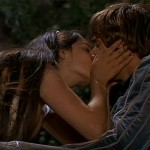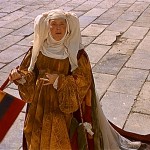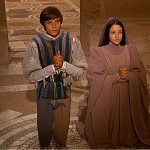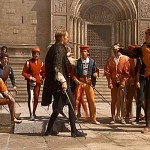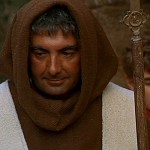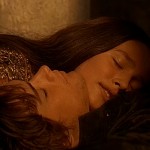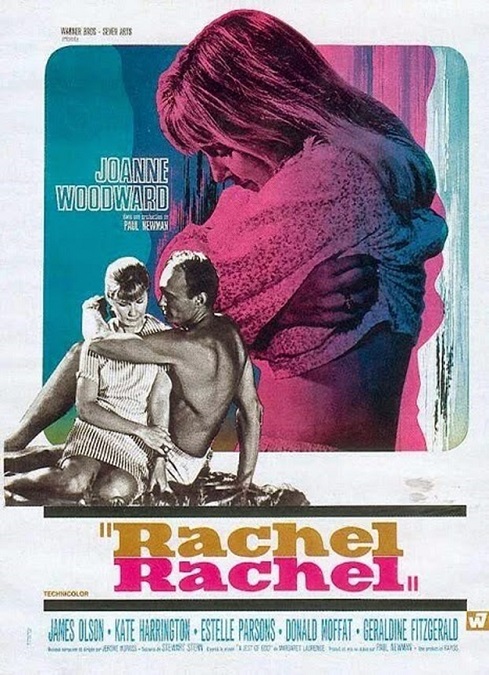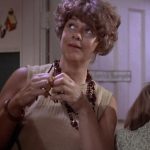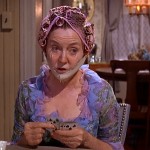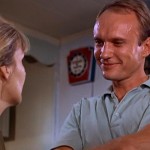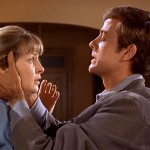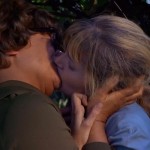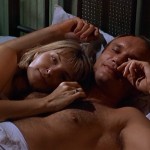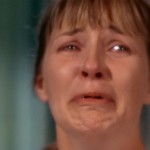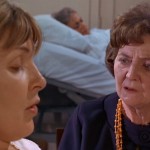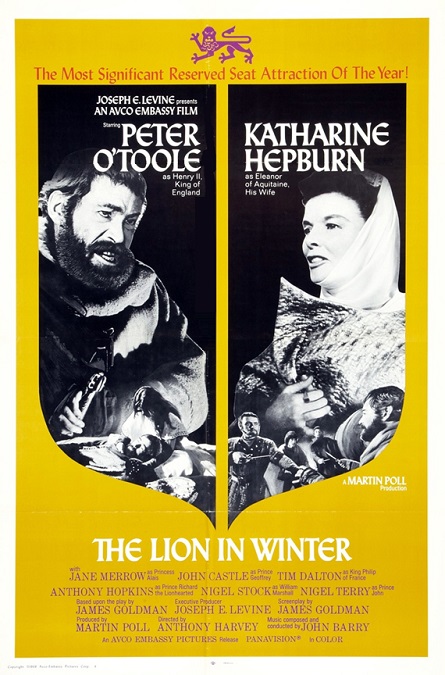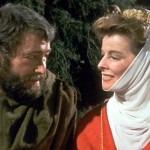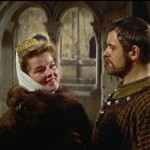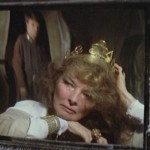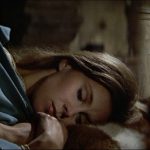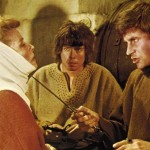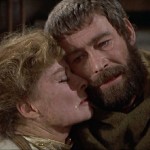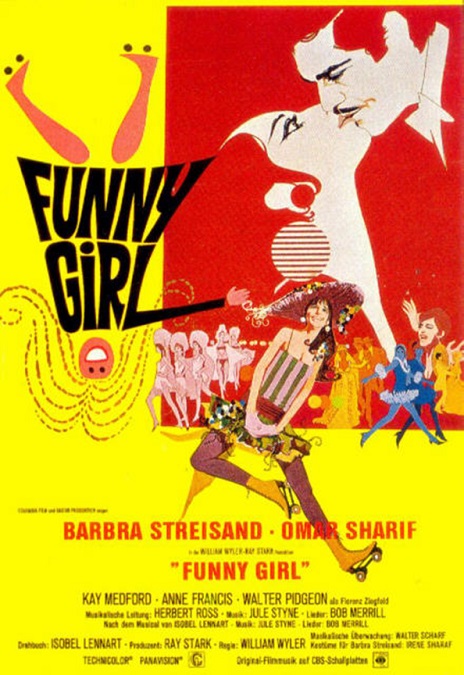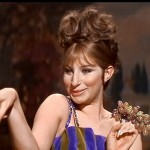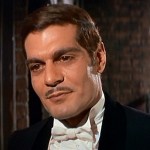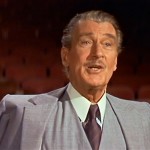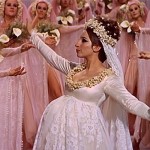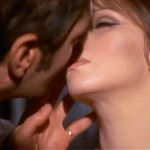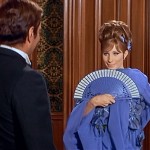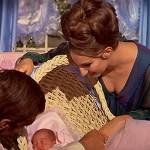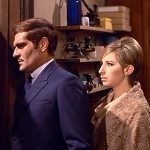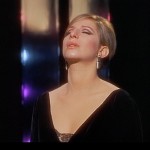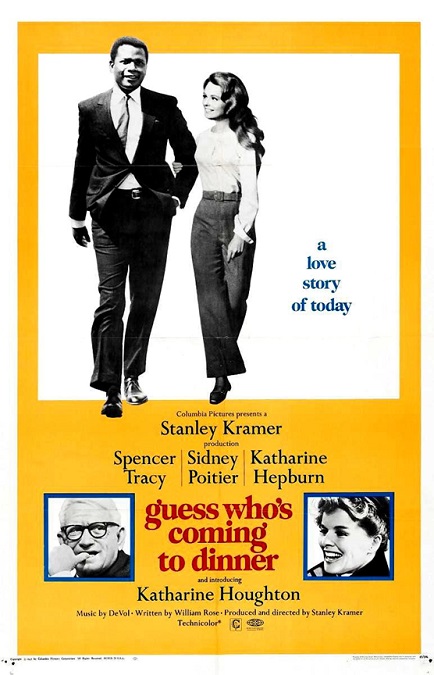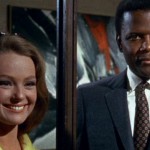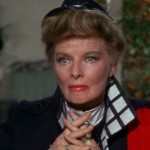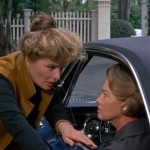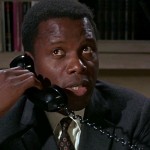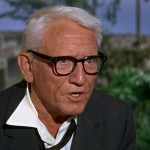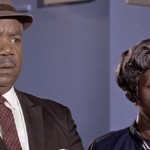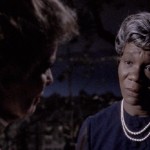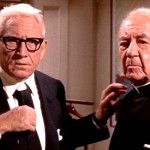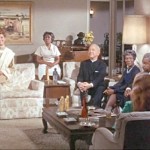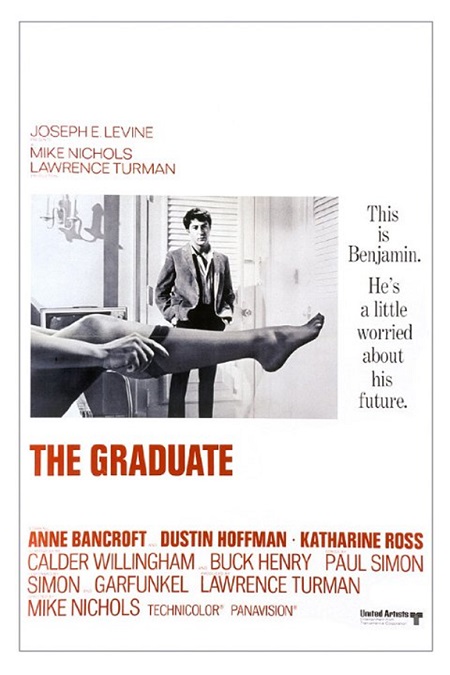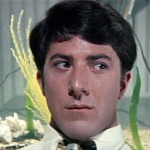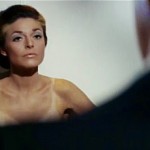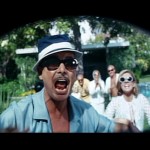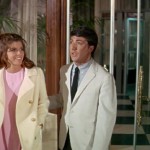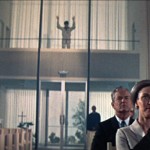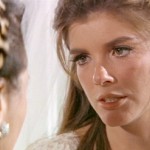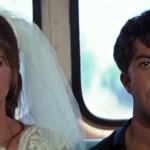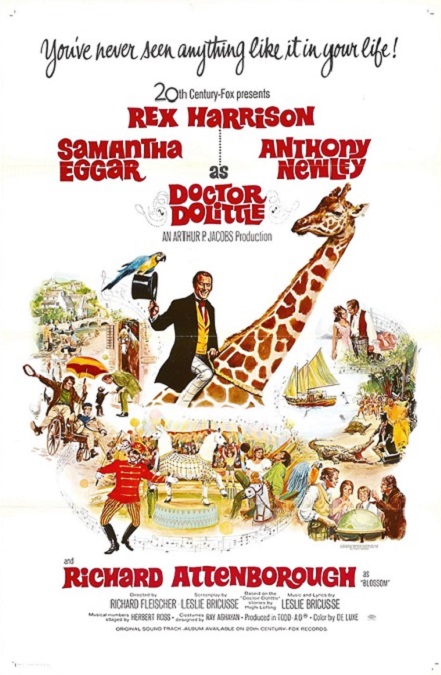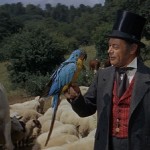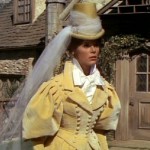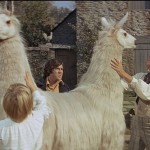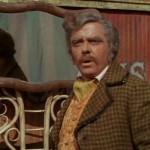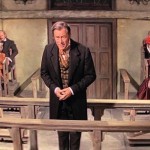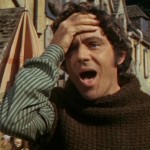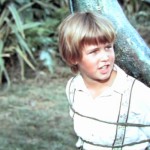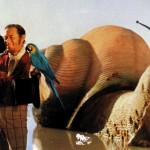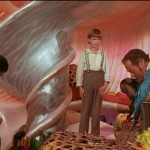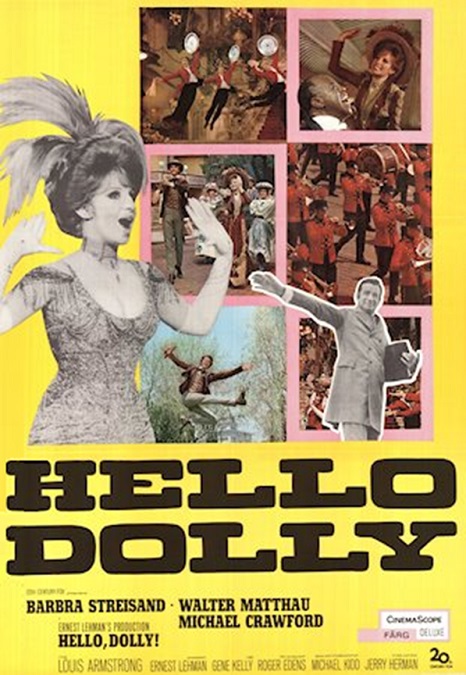
Hello Dolly! – 1969
Hello Dolly, while highly entertaining, was a ridiculous film. The plot had the potential to be good, but fell short. The ending was horribly written, the music was somewhat passable, most of the dancing was completely unnecessary, and the acting was, in some cases, beyond horrible. And I’m sorry to say that I suspect that many of its failings were the fault of the director, Gene Kelly.
Kelly was an incredible dancer. There no disputing that. But though the film’s choreographer was Michael Kidd, there was no mistaking Kelly’s personal trademarks on the dance moves. You can’t tell me that he had nothing to do with the film’s big dance numbers. Much of the dancing was nothing more than synchronized acrobatics that were ridiculously gratuitous. None of it did a single thing to advance the plot in any way. It was dancing for the sake of dancing.
And just to clarify: That unmistakable Gene Kelly stamp was nowhere more evident than in the dance number before the song Hello Dolly. The restaurant’s waiters danced with trays of food in their hands. Of course they would, because waiters carry trays so they would be the perfect prop. But they start doing acrobatic flips and spins that should have sent both the trays and the food they carried flying in every direction. But, of course, not a single morsel was spilled. Not a tray was dropped.
But I’m getting ahead of myself. I’ll reiterate that the film was very entertaining. The beautiful costumes and sets were wonderful. Everything was bright and cheery. The feeling was one of well-to-do, 1890s, New York perfection. Everyone was attractive, everything was pristine, and there was a smile on every face. It is hard not to respond to that.
But I had some serious problems with the script. I understand that the film was really a fantasy, and so it didn’t exactly have to be realistic. But then it should at least follow its own rules. To explain that, I have to go into the plot a little. Barbara Streisand played the part of Dolly Levi, a strong-willed matchmaker who has been hired to find a wife for Horace Vandegelder, a wealthy business owner in Yonkers, NY, played by Walter Matthau.
Horace is a grouchy old man who never has a kind word to say to anybody. He is a tyrannical boss to his two young employees, Cornelius Hackle and Barnaby Tucker, played by Michael Crawford and Danny Lockin. His niece, Ermengarde, played by Joyce Ames, is in love with Ambrose Kemper, played by Tommy Tune. Being the devious match-maker she is, Dolly decides that she wants Horace for herself. Why? Presumably because she is in love with him, though why anybody would love such a sour old curmudgeon without a single likable quality is beyond me.
Dolly not only arranges her own match to Horace, but finds matches for Cornelius and Barnaby free of charge. Irene Malloy and Minnie Fay, played by Marianne McAndrew and E. J. Peaker, turn out to be perfect matches for them. They are both available, and eager to fall in love at a moment’s notice. Dolly also arranges for Ermengarde and Ambrose to be together, despite Horace’s objections.
So right away, right from the very beginning, we know how the movie is going to end. But after an entire film of seeing how much of a mean old man Horace is, there is no explanation as to why he suddenly changes his tune at the last instant and professes his love for Dolly. Then, suddenly, he is Mr. Nice Guy, and there wasn’t a single indication in the entire film as to why his character would do this.
And finally I have to mention Michael Crawford’s terrible acting. He so completely over-acted his part that he was positively buffoonish. When faced with a pretty girl, he became a cartoon character, complete with ridiculous stuttering, clownish knuckle biting, and childish foot stomping. Really?? But again, I suspect that Gene Kelly had to have had something to do with this. He was, after all, the director.
